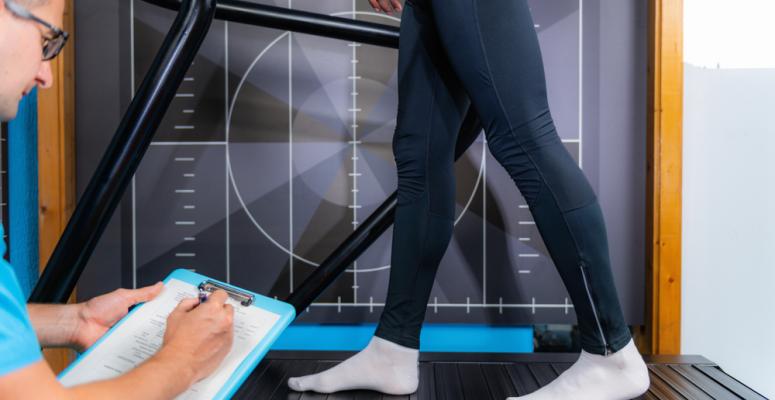
About 10% or more of people aged 60 or older walk with a noticeable limp. Many factors can alter a person's walk, including neurological issues, injuries, arthritis and infections. Unfortunately, walking with a limp can lead to other complications, like balance issues, joint damage and muscle weakness. Various physical therapy methods can help limit limping and its complications.
How PT can help you stop limping when you walk
A healthy gait cycle involves landing on your foot, rolling over your foot and lifting your foot off the ground. When a patient limps, the healthy gait cycle is interrupted. It takes time, energy and practice to readjust your gait. Here are three ways physical therapy can help limit issues linked to walking with a limp:
- Physical therapists can evaluate your walk.
Physical therapists can provide an initial evaluation to pinpoint problem areas linked to your limp. In a one-on-one evaluation session, a physical therapist can analyze your walking pattern. They can then help educate you on the source of your limp and introduce you to a practical treatment plan. With an expert opinion, you can feel relieved that physical therapy can help stop your limp and pain while walking.
- Physical therapy can strengthen your joints.
If your limp is due to muscle weakness or injury, muscle-strengthening exercises can help reestablish your healthy gait cycle. Physical therapists can target exercises and stretches to your areas of concern. Whether your hip or knee pain is linked to your limp, physical therapists can tailor a treatment plan that strengthens those joints. Doing so can also provide pain relief and release tension.
- Physical therapists can offer access to assistive devices.
Exercise alone might not be enough to control your limping. Physical therapists can use certain devices to help fast-track gait training. Devices like crutches and parallel bars can help patients correct their walk over time. Parallel bars in particular can give patients stability while trying new techniques.
Alliance PTP is ready to help you find top-notch PT to stop limping while you walk
At Alliance Physical Therapy Partners, we're proudly bringing together physical therapy practices across the country to help people get the high-quality PT they need. Want to see a physical therapist in person? We can put you in touch with an Alliance PTP partner that's close to you and that can help you stop limping while you walk.
Not keen on in-person PT sessions or not close to an Alliance PTP partner? No worries. We also offer effective and affordable virtual physical therapy through our Agile Virtual Physical Therapy platform.
Contact our team today so we can help you find the most effective physical therapy services for your injury or condition.
Get Help at a Location Near You
